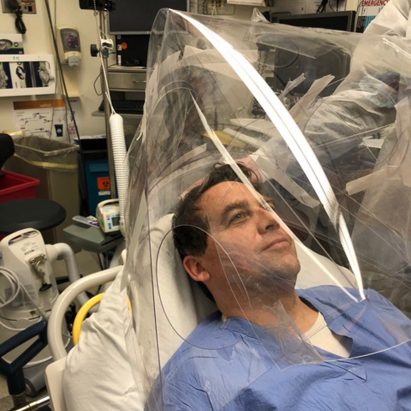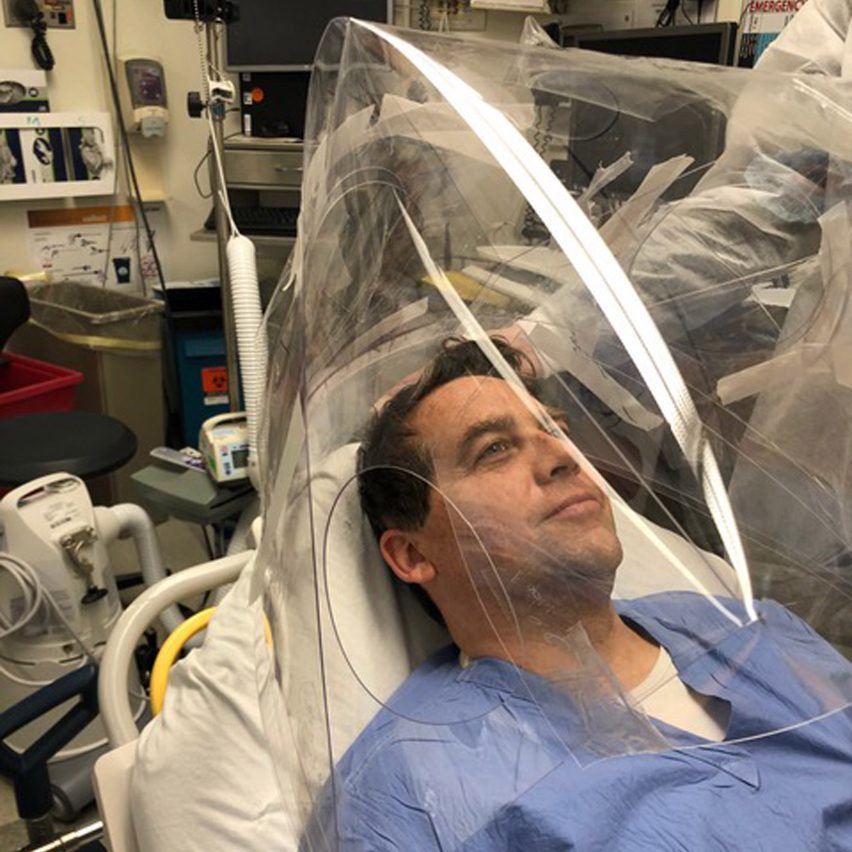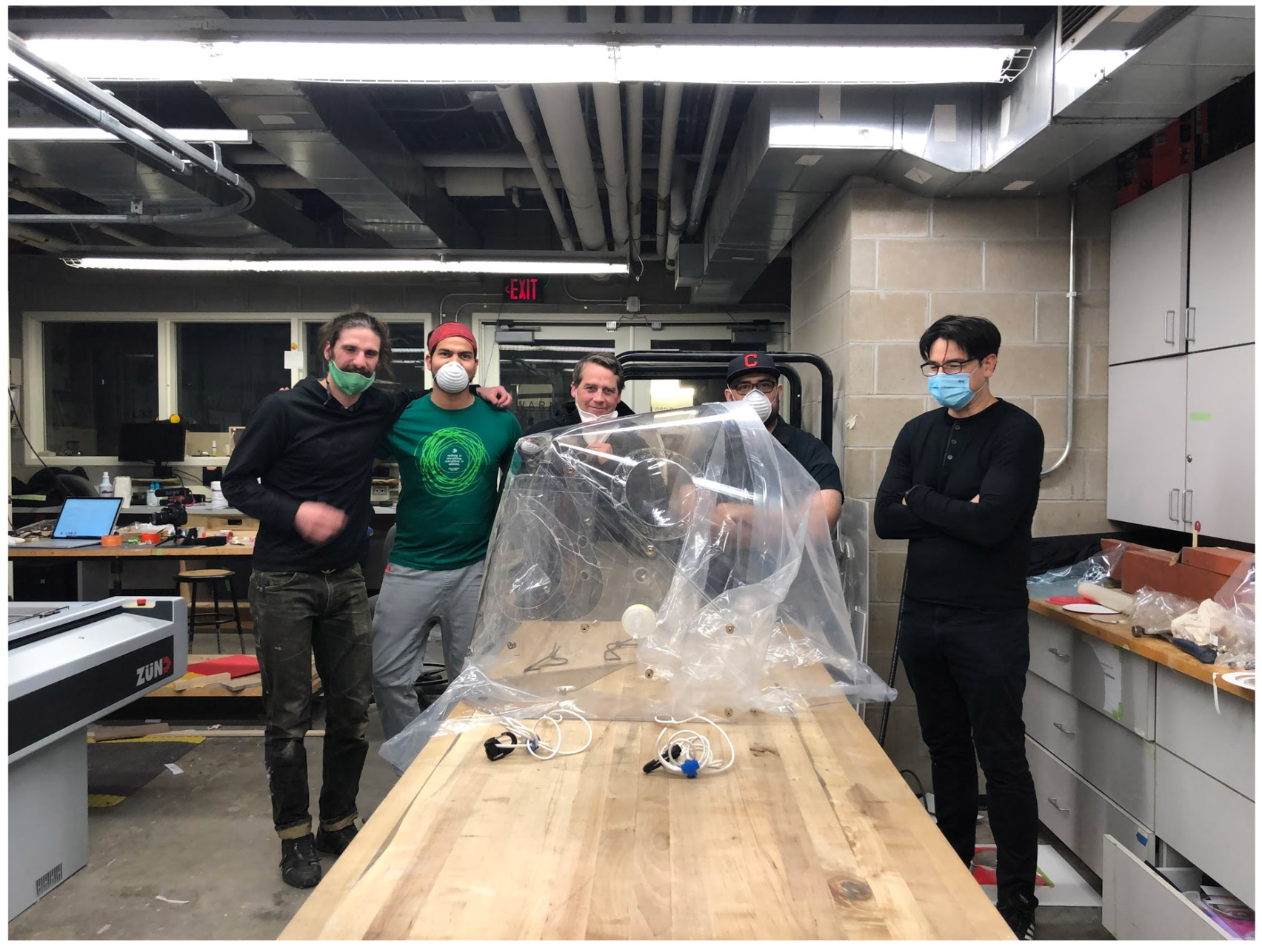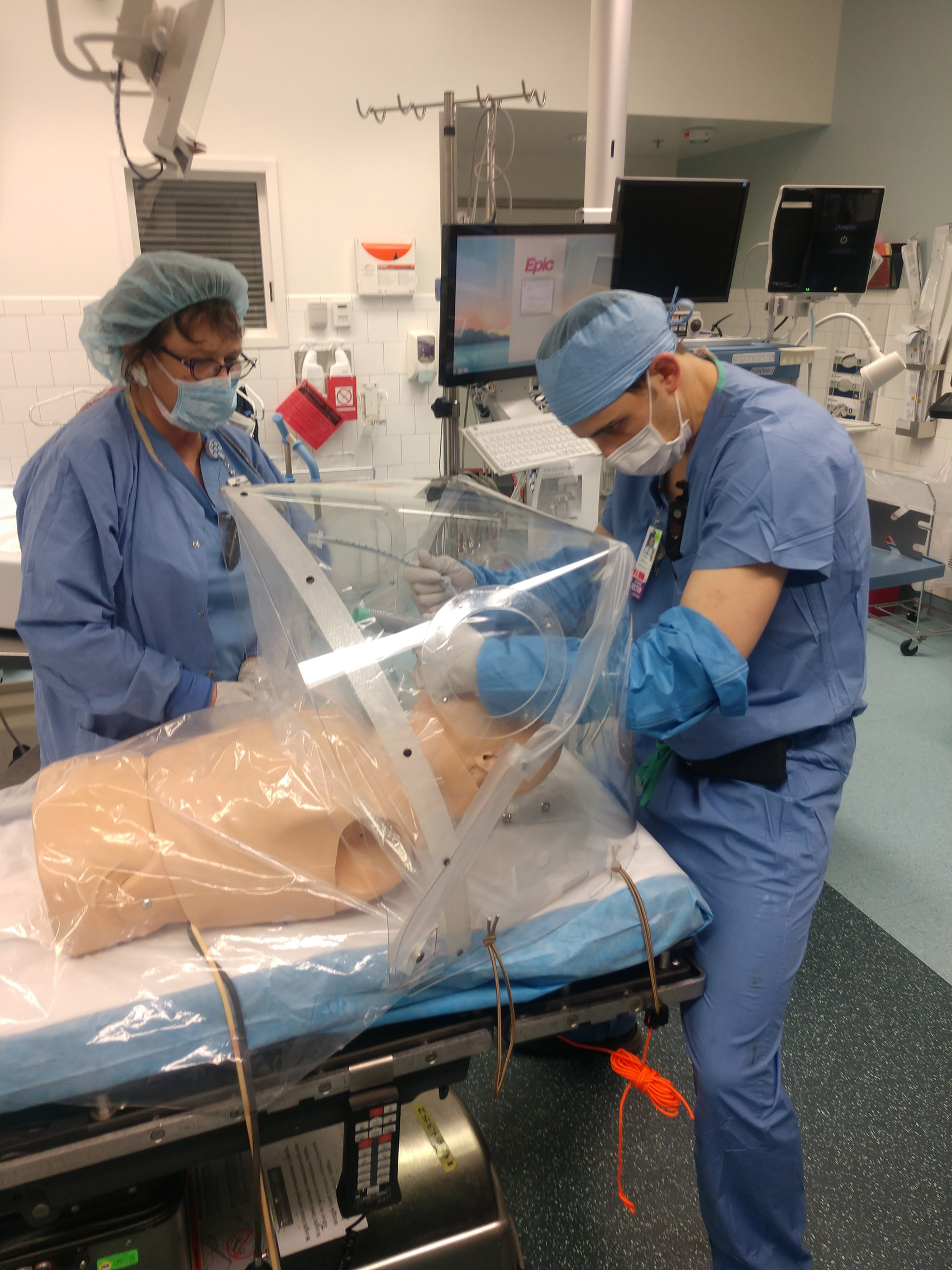Lack of design input in healthcare is putting both patients and doctors at risk, says physician
Hospitals "desperately need designers" to improve everything from the way they tackle coronavirus to the layout of operating theatres and the design of medical charts, according to a senior US doctor. "We desperately need designers to help organize the environment and products to help keep the correct focus on a patient, and reduce distraction," said The post Lack of design input in healthcare is putting both patients and doctors at risk, says physician appeared first on Dezeen.


Hospitals "desperately need designers" to improve everything from the way they tackle coronavirus to the layout of operating theatres and the design of medical charts, according to a senior US doctor.
"We desperately need designers to help organize the environment and products to help keep the correct focus on a patient, and reduce distraction," said Dr Sam Smith, a clinical physician at Massachusetts General Hospital in Boston.
"We need designers at every turn, but they are so infrequently consulted," he added. "In the end, most physicians burn out early because, in part, we are lacking well designed cognitive and physical spaces to help process the information smoothly."
Smith worked with an architect to develop an isolation hood
Smith spoke to Dezeen via Zoom to discuss his collaboration with Boston architect Eric Höweler and a team from Harvard's Graduate School of Design on the new design for a patient isolation hood, which he believes could significantly help protect healthcare workers treating coronavirus patients.
A team at Massachusetts General Hospital developed the idea for the hood, but the designers' input has led to significant improvements in the device.

"The success of this will be because the design is exceptional," said Smith, who works in the department of anesthesia, critical care, and pain medicine, and co-leads his hospital's Covid-19 innovations team.
"Not only because it is simpler than we imagined, but also more functional as a result."
"Visual hierarchy is a huge problem in medicine"
Medical equipment is typically designed by engineers, Smith said, meaning that the focus is on getting the item to function without considering the wider healthcare environment in which it operates, or the needs of the patient or user.
"As a result, they end up with half the product they could have ended up with," said Smith, who also teaches anaesthesia and critical care at Harvard Medical School.

"Visual hierarchy is a huge problem in medicine," Smith said, giving an example. "This is very evident in online medical charts. Very poor visual hierarchy exists because designers were not consulted in the platform or details of the patient information organization or presentation."
"This inability to incorporate good visual hierarchy, for example organizing a complex medical history in a visual way to emphasize what really needs attention for the patient, has led to ineffective care, and even patient harm on occasions over the years," he explained.
"I have seen it in my 20 years of practice time and time again. Doctors are humans too, and the demands on them processing huge amounts of information are high."
"Piecemeal" approach creates risk
Smith said that the "piecemeal" approach to the design of operating theatres, wards and intensive care units created a risk to the safety of both patients and healthcare workers.
"We're literally tripping over cords," he said. "Management of space has not involved a designer at any level. It's just an engineer and a physician who get together, put up a product, and another product and another product and they just all get jammed into a room."
Involving designers more "would have a real impact in the healthcare industry," he said. "When there's poor design, it hurts patients. I mean, it literally makes it not only more difficult to do something, but they just give up. I mean, they just aren't able to do what they need to do."
Working with Höweler had open colleagues' eyes to the potential of design to improve healthcare, Smith said.
"I had surgeons come in yesterday when I was doing the testing [of the patient isolation hood], and they said, you know what, this actually makes us think about how we could approach this to make it safer for the patient when doing a tracheostomy or something else," he said."It actually makes us think about whether we have always been doing this the right way."
The development of the hood "has been a good eye-opener to say that good design really will impact function," Smith added. "This is a new invention that couldn't have happened, it wouldn't be scalable, it literally would not be happening" with the input of a designer, he said.
Architects and designers have been helping to combat the coronavirus pandemic in numerous ways including designing face shields and flat-pack intensive care units. Follow Dezeen's coverage of the coronavirus outbreak.
The post Lack of design input in healthcare is putting both patients and doctors at risk, says physician appeared first on Dezeen.
